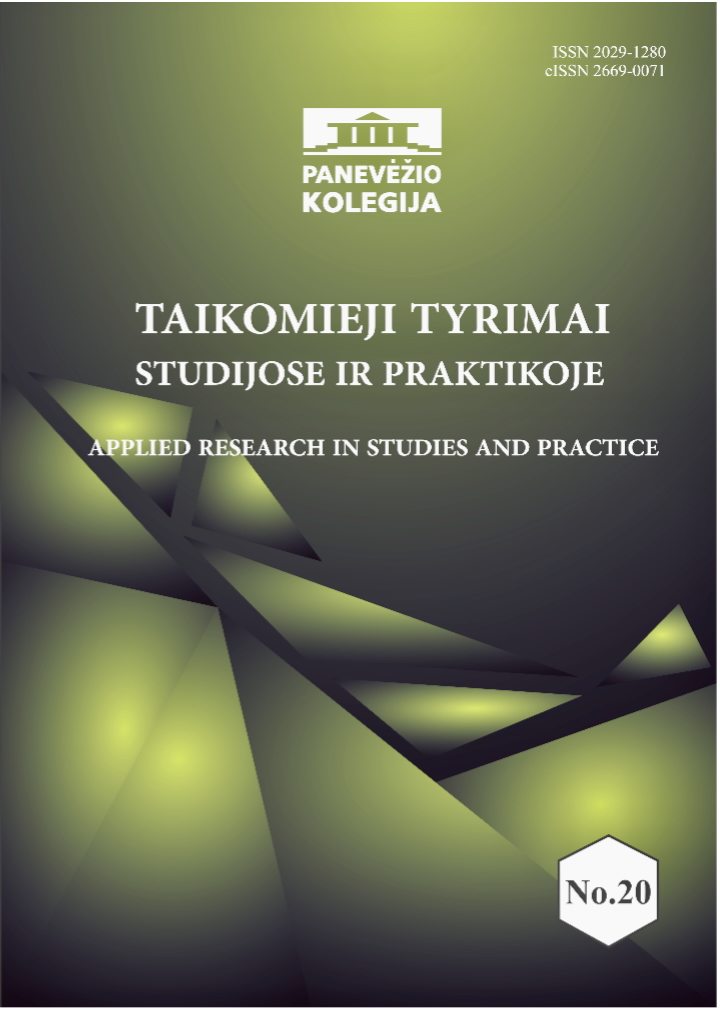FACTORS DETERMINING ORGANISATIONAL CYNICISM: THEORETICAL INSIGHTS
Keywords:
cynicism, organisational cynicism, factors for organisational cynicismAbstract
Organisational cynicism has been a topic of discussion and debate among employees and top management. The article analyses the factors that determine the organisational cynicism of employees and seeks to reveal ways to reduce it. Reducing organisational cynicism leads to effective employee management, optimal management of the organisation's results and performance efficiency, therefore, in today's organisations, which are characterized by the fact that they employ employees of different generations who have different attitudes towards the work environment created in the organisation, which determines the emergence of organisational cynicism, the analysis of the factors that determine it becomes relevant. The article consists of two parts: first, the concept of organisational cynicism is revealed, and the second part of the article analyses the factors that determine organisational cynicism. Organisational cynicism in the article is understood as a negative attitude of employees towards the organisation in which they work, manifested in a sceptical and critical assessment of the organisation's behaviour, values, motives and actions, which is often associated with distrust of managers, contempt, suffering, anger and shame. An organisation seeking to reduce organisational cynicism must create conditions that ensure the harmony of employees' personal values and organisational culture, as well as the harmony of employees' needs and motivation system, while striving for a leadership style oriented towards leadership, rather than strict management.
Downloads
Published
Issue
Section
License
Copyright (c) 2024 Taikomieji tyrimai studijose ir praktikoje - Applied research in studies and practice

This work is licensed under a Creative Commons Attribution 4.0 International License.

This work is licensed under a Creative Commons Attribution 4.0 International License.
Please read the Copyright Notice in Journal Policy.



